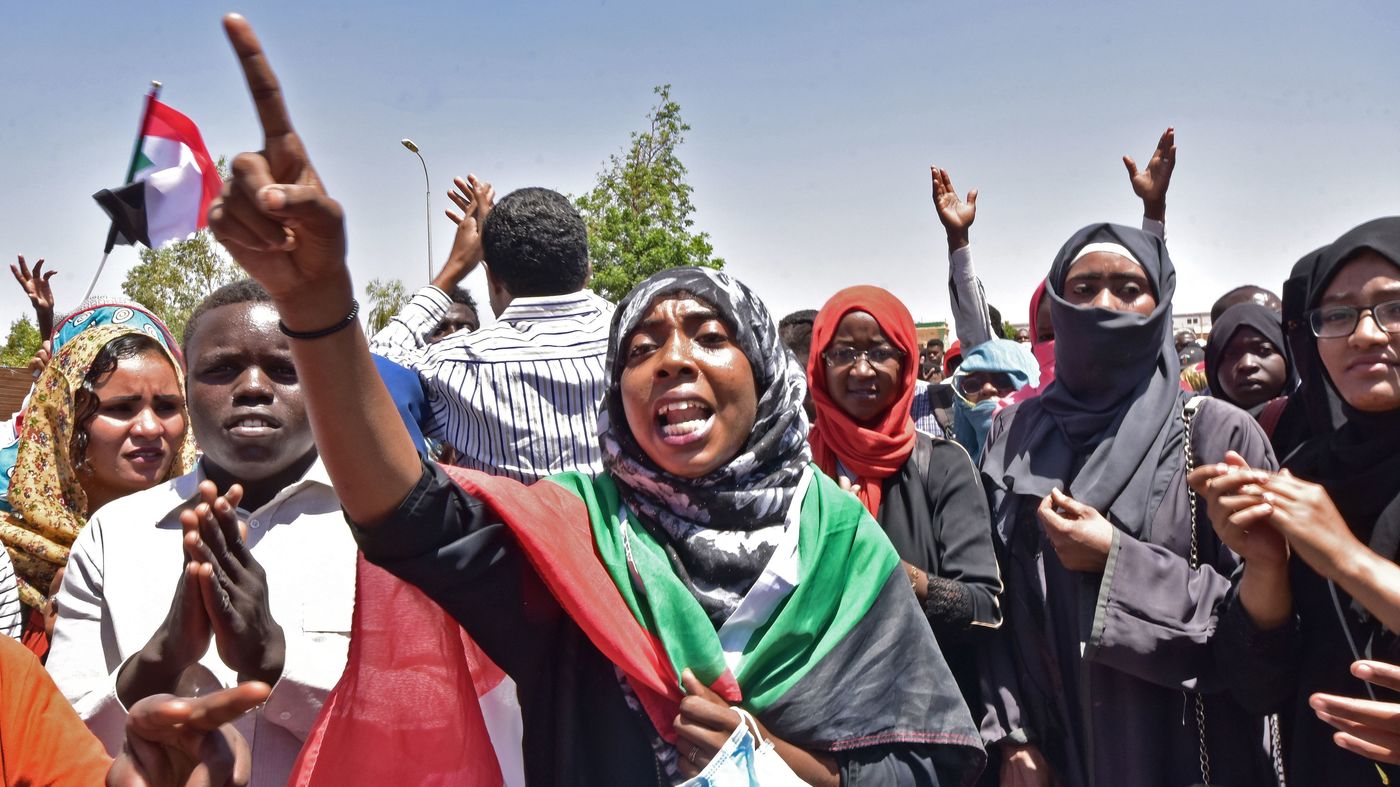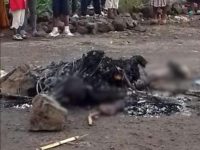In Bukavu, a woman protests in the streets against the authorities; the police shoot and…

Sudan, A Year Since the Khartoum Massacre. 108 Dead at a Peaceful Sit-in
June 3 of last year marked the epilogue of a revolution that changed Sudan forever. In Khartoum, the Rapid Support Forces opened fire on protesters demonstrating peacefully outside the military command headquarters, and it led to a massacre. Hundreds dead, thousands wounded. Dozens of bodies were thrown into the Nile in an attempt to downsize the scope of the attack. For days, their bodies surfaced, one-by-one, in the River that crosses the Sudanese capital. Despite the bricks tied to their legs, the corpses of the protestors killed in the attack by the military security forces of the Transitional Military Council (TMC) emerged, bringing to the surface the horrors that took place in Khartoum during those hours.
There were at least 108 victims, added to the 300 in other parts of the country where thousands of people were protesting after the fall of Bashir, asking for a civilian government. Then there are the “enforced disappeared”, primarily activists who were not at the sit-in during the attack but have not been seen or heard from since, like Mohammed Naji, the brothers Musab and Ahmed al-Dai Bishara, the latter of whom is a journalist, and Hashim Wad Gadif. To date, they are still desaparecidos.
“June 3rd is a very sad date for the people of Sudan,” said Prime Minister Abdalla Hamdok on the anniversary of the massacre. “We are waiting for the Independent Committee to present its findings on the investigation into the heinous attack, but I assure you that they will be found and held under due process.”
The Prime Minister issued the statement in a video on Twitter, adding that, notwithstanding the economic crisis in the country, compensation will be awarded to the families of the victims.
“The truth,” Hamdok stressed, “will consolidate democracy and promote progress in this country that envisions government and the revolutionary movement as one.”
The attack planned by the Rapid Support Forces, with the support of the General Intelligence Service (NISS) and AbdelHa Islamist militia, with a force of 10,000 men, began in the early light of dawn.
Protesters in tents at the sit-in outside the military command headquarters were taken by surprise. The first were beaten to death and thrown into the Nile with weights tied to them. Some were cut to pieces with machetes. Then the shooting began.
Those who tried to escape were chased until they reached hospital. Women were raped before they were killed; not only the activists and doctors giving first aid to the wounded, but also the “tea ladies” who were there to earn a few Sudanese pounds.
There had been the air of something bad to come for days and when at 4:00 pm on 2 June the military vehicles outside the Ministry of Defense were replaced by those of the Rapid Support Forces, the leaders of the protests knew that an attack was imminent. But they asked protesters not to leave the garrison and launched an appeal to others to join them at Nile Street.
A choice that cost the lives of many innocent people who only wanted to speed up the process to democracy for which they had been fighting for since the end of Bashir’s dictatorship.
No one imagined that at the end of the previous regime, Sudan would fall into the hands of assassins who were just as ferocious and did not hesitate to use the paramilitary forces led by General Mohamed Hamdan Dagalo, better known as ‘Hemedti’, who still holds a top seat in the Sovereignty Council led by General Burhan, president of the Transitional Military Council (TMC) that rose to power after the coup on April 11 2019.
There is only one positive consequence to the June 3rd massacre: the birth of the Transitional Government of National Unity led by the economist Hamdok.
Nominated Prime Minister last August, Hamdok began a series of reforms that were very unpopular with the old establishment. On 8 March, he escaped an assassination attempt with only one objective; to stop the long-awaited path to democracy that had cost the lives of hundreds of Sudanese. But it didn’t.
At least for now.




